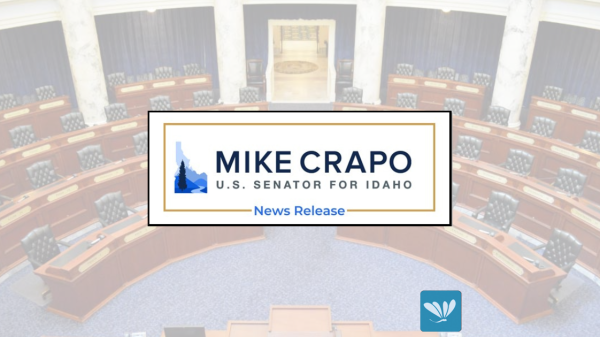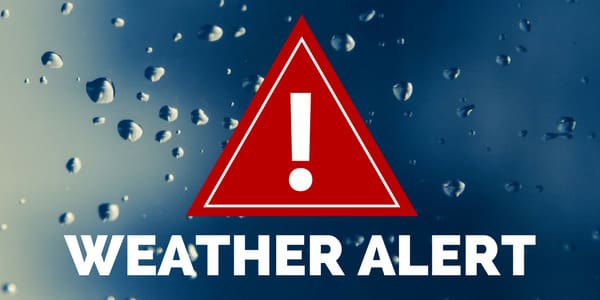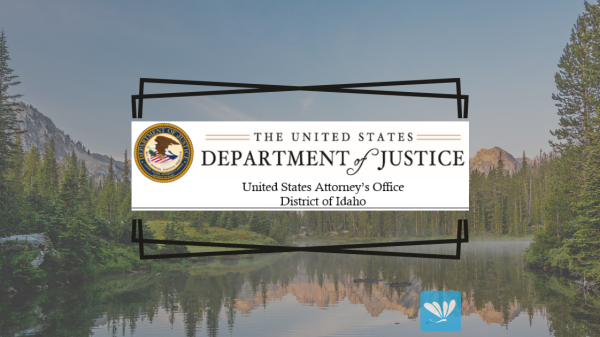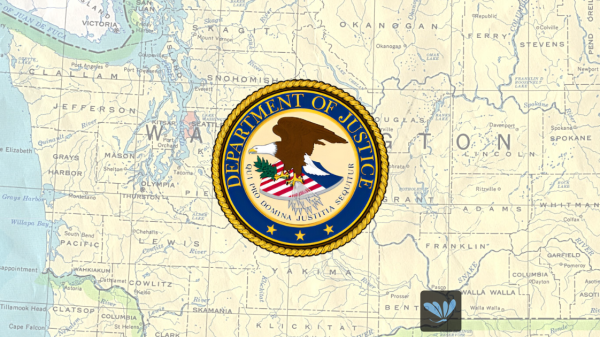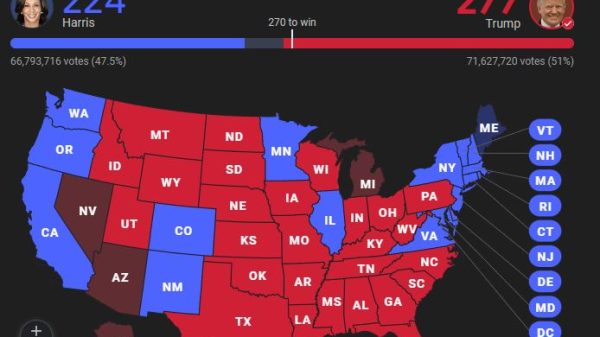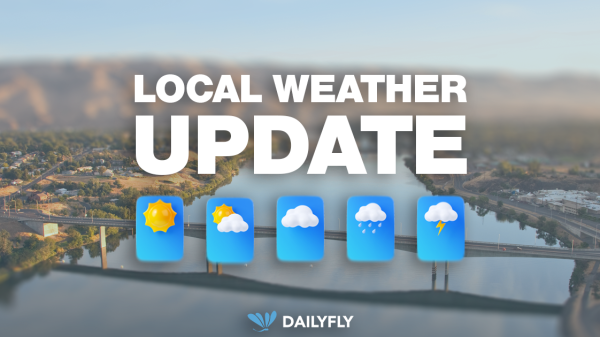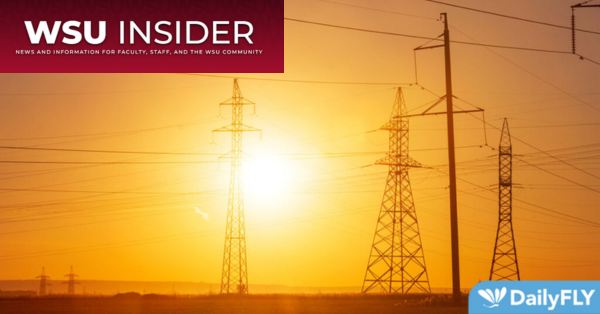The researchers have developed metrics to quantify grid resilience when impacted by extreme weather events and a framework to evaluate the outage risk due to extreme weather events for a given region. They also developed a tool to evaluate the benefits and costs of planning actions.
“We talk about resiliency, but when I started thinking about that problem, there was not a good approach to quantify what that means in the sense of a metric that can be used to inform operators or planners,” said Anamika Dubey, Huie-Rogers Endowed Chair Associate Professor in the School of Electrical Engineering and Computer Science. “If there’s a way for us to quantify risks and use that particular metric to suggest or to evaluate the benefits of one planning option over the other, what steps should we take or what planning decisions should be made and why? That’s the question we asked.”
Extreme weather-related events are having significant and growing impacts on critical infrastructure around the world, including on the electric power grid. More powerful storms and high-wind events, extreme rain, wildfires, and extreme heat domes have meant a 67% increase in power outages in the US due to weather-related events since 2000. Power system outages due to natural disasters cost approximately $150 billion per year, according to the U.S. Department of Energy, but planning for these high-impact but low-probability events is difficult.
As part of their work, Dubey along with former graduate student Abodh Poudyal developed a tool to quantify the risk of an extreme weather event in causing a major power outage in a particular area. The software they developed can assess the probability that a given weather event, such as a 75-mph wind, might end up affecting a particular transmission tower and causing an outage, for instance.
“That’s really the core of the modeling for us, which is highly nonlinear and very, very data driven,” said Dubey. “The existing models have not been scalable for those things.”
The researchers also quantified planning options for power grid management. For instance, planners might want to invest in putting certain power lines underground, managing vegetation better, or increasing the number of workers for faster restoration and recovery from an event, but they don’t necessarily know which is the optimal option.
“All of these options cost something,” said Dubey. “So we started to think about how we can quantify their benefits as opposed to the cost.”
For example, as the researchers studied extreme temperature events, they saw that transformers in a power company’s distribution system can expect to get overloaded.
“So which of the distribution transformers should be upgraded?” said Dubey. “Is that a good approach to do that, or are there some alternative solutions that should be invested in? So really, the goal is to provide a tool for the utility companies.”
The work is highly interdisciplinary and calls for domain knowledge in multiple disciplines including, but not limited to, operations research and social sciences as well as geospatial, structural, and electrical engineering. The roots of their analysis come from financial planning and risk/benefit analysis, said Dubey, but then they had to adapt those tools and methods to a real-world, physics-based system.
The researchers have made their code openly available for others to study and improve. They have also presented it at invited talks and conferences, including at the IEEE Industry Applications Society Annual Meeting in October last year. They are now working to make the algorithm scalable for the large-scale distribution system.
“That will make this applicable to larger networks and make it a practically-sized system,” said Dubey, who holds a dual appointment at Pacific Northwest National Laboratory (PNNL) and co-directs the WSU/PNNL Advanced Grid Institute.
They are also working with electric utility companies to begin beta testing their planning tools as well as with Pacific Northwest National Laboratory and other national labs to develop a larger simulation model.
“Everyone is concerned now because of the increasing frequency and intensity of these events,” said Poudyal, who is now with National Renewable Energy Laboratory. “It’s not a problem that industry and academia can solve alone, so I think the collaboration is increasing every year, which is great to see.”
The work was supported by the National Science Foundation.














